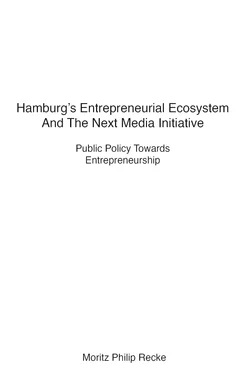Unfortunately, scientific literature only provides long lists of relevant factors for thriving entrepreneurial ecosystems, without elaborating on their distinct effects on entrepreneurship and their independent influence on economic growth (Stam 2015), the key focus and reason behind the entrepreneurial ecosystem approach.
Entrepreneurial Ecosystem Illustrations
Still there are many ways to illustrate the complex interrelations and dependencies within an entrepreneurial ecosystem. These illustrations provide an ample way to better understand the overall configuration of an ecosystem and highlight the many different stakeholders with their distinct perspectives.
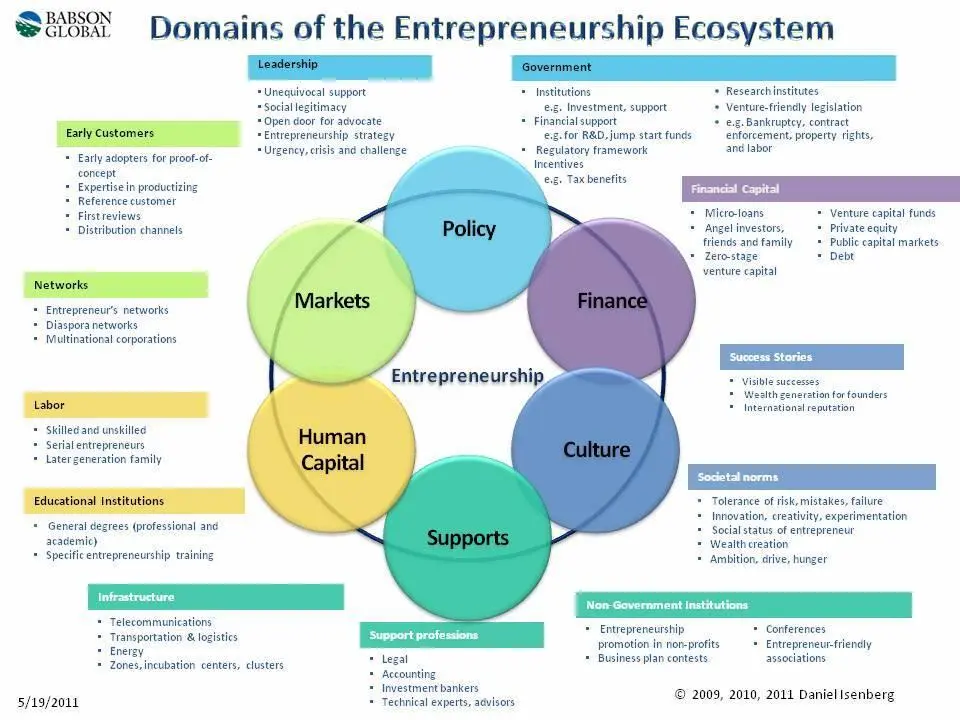
Figure 3: Domains of the Entrepreneurship Ecosystem
Isenberg developed an illustration of entrepreneurial ecosystems (see fig. 3) during the Babson Entrepreneurship Ecosystem Project (BEEP), introducing six specific domains - culture, policy and leadership, finance, human capital, markets and supports (Isenberg 2011a, 2011b).
The policy domain calls for public leadership support, regulatory incentives and policy statements towards entrepreneurship. The finance domain requires the availability of dept and equity financing as well as exit possibilities. The culture domain expects success stories to be visible and demands tolerance of risk and failure. The markets domain calls for entrepreneurial networks, sufficient early adopters and consumers as well as decent ways of distribution. The human capital domain not only requires experienced entrepreneurs but a supply of hireable talents as well as education and mentoring programs. Lastly, the supports domain aims at technological infrastructure, functioning legal and accounting systems and non-government institutions and activities (Isenberg 2010, 2011b).
The “Deutscher Startup Monitor” uses an illustration of the entrepreneurial ecosystem based on Isenberg’s findings in its 2014 edition (Ripsas & Tröger 2014). In addition to Isenberg’s external categories, the “Deutscher Startup Monitor” adds the categories of “enterprise perspective” and “employee perspective” (see fig. 4). The 2015 edition of the “Deutscher Startup Monitor” also uses this illustration throughout the entire document, highly emphasising it as the framework for monitoring the German entrepreneurial ecosystem (Ripsas & Tröger 2015).
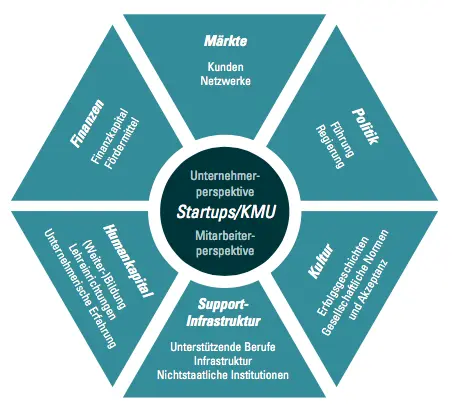
Figure 4: Entrepreneurship Ecosystem used in “Deutscher Startup Monitor”
based on Isenberg (2011b)
Interestingly though, in the 2016 edition of the “Deutscher Startup Monitor” there is no mentioning of the framework anymore (Kollmann, et al. 2016). The document introduces a new academic framework, no longer solely focussing on the entrepreneurial ecosystem approach, but integrating elements of Kollmann’s “3K-Strategie (Köpfe, Kapital und Kooperation)” - heads, capital and cooperations - to foster innovative startups (Kollmann 2015).
Another more detailed approach is taken with the Ecosystem Canvas, developed by Dr. Thomas Funke, Head of the Entrepreneurship and Innovation department at the German Productivity and Innovation Centre (RKW), a think tank of the Federal Ministry for Economics. It describes an entrepreneurial ecosystem with 11 building blocks that illustrate its interrelationships and covers four main aspects of the ecosystem - ideas & talents, startup community, policy & finance and markets (see fig. 5). The canvas is meant to connect different stakeholders, show the “big picture” as well as interdependencies and to explore growth opportunities to accelerate the development of the ecosystem (Compass 2015). The Ecosystem Canvas is utilised in Compass’ Global Startup Ecosystem Report 2015, analysing the top 20 global startup ecosystems.
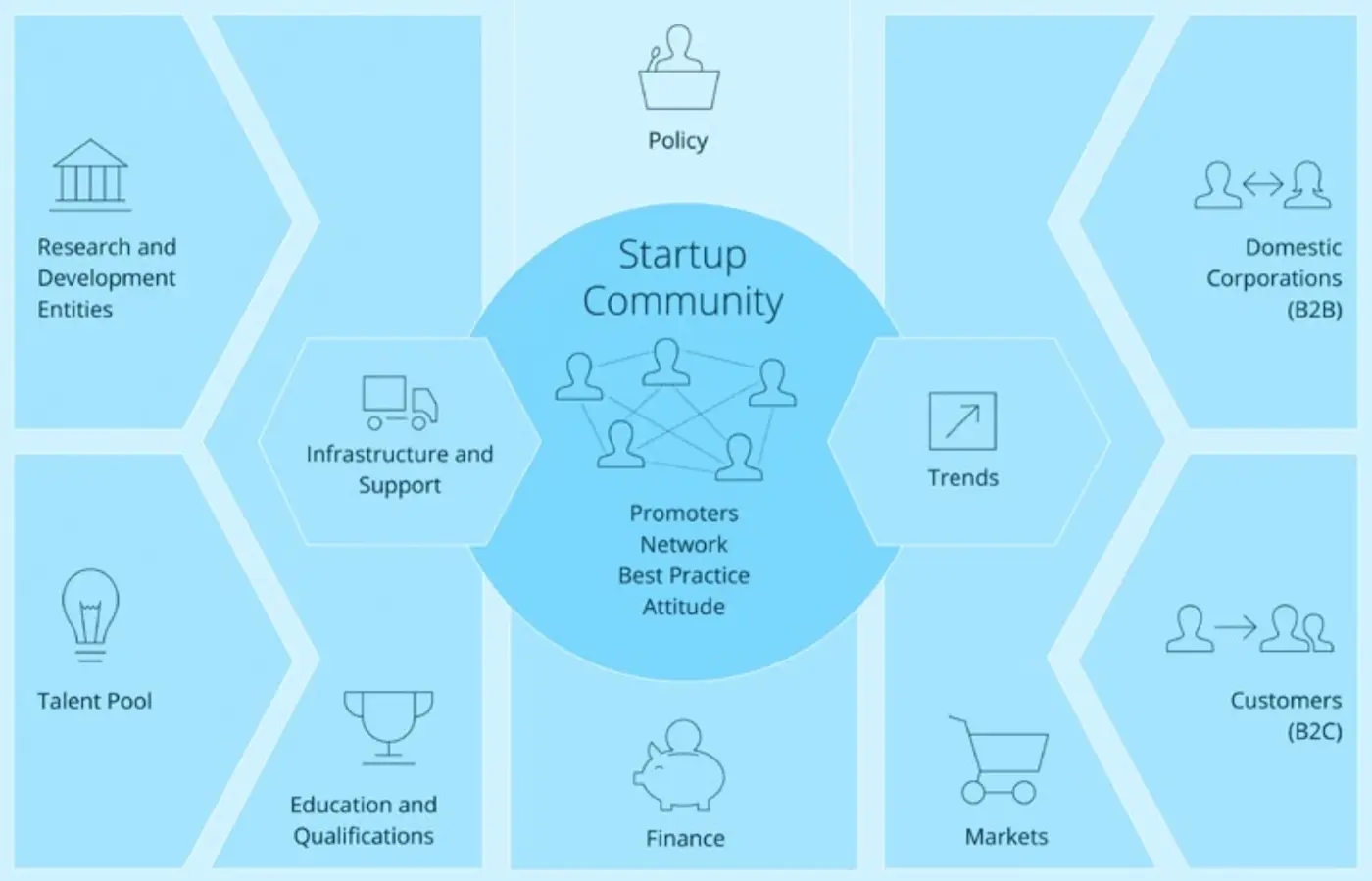
Figure 5: The Entrepreneurial Ecosystem Canvas
An additional illustration is provided by Stam (2015), adding causal depth with four ontological layers and corresponding causations and relations to the description of entrepreneurial ecosystems (see fig. 6). It addition to illustrating the different stakeholders and their impact on the ecosystem, this rather recent approach tries to demonstrate how the ecosystem actually works, not just how it is set up.
There are many other ways to illustrate the complexity of entrepreneurial ecosystems, most of them share many similarities as shown by the different approaches introduced so far.

Figure 6: Key elements, outputs and outcomes of the entrepreneurial ecosystem
Entrepreneurial Ecosystem Metrics
It might in fact be more interesting to measure and track changes within entrepreneurial ecosystems over time, since it would allow to draw conclusions on what actions have actual impact on the ecosystem’s development. There are a few proposals on how to measure the vibrancy of entrepreneurial ecosystems. For instance the City of Sydney introduced specific metrics to track the development of the regional startup community and the regional entrepreneurial ecosystem in its Tech Startup Action Plan (City of Sydney 2016), a very extensive document, outlining the city’s policy towards entrepreneurship.

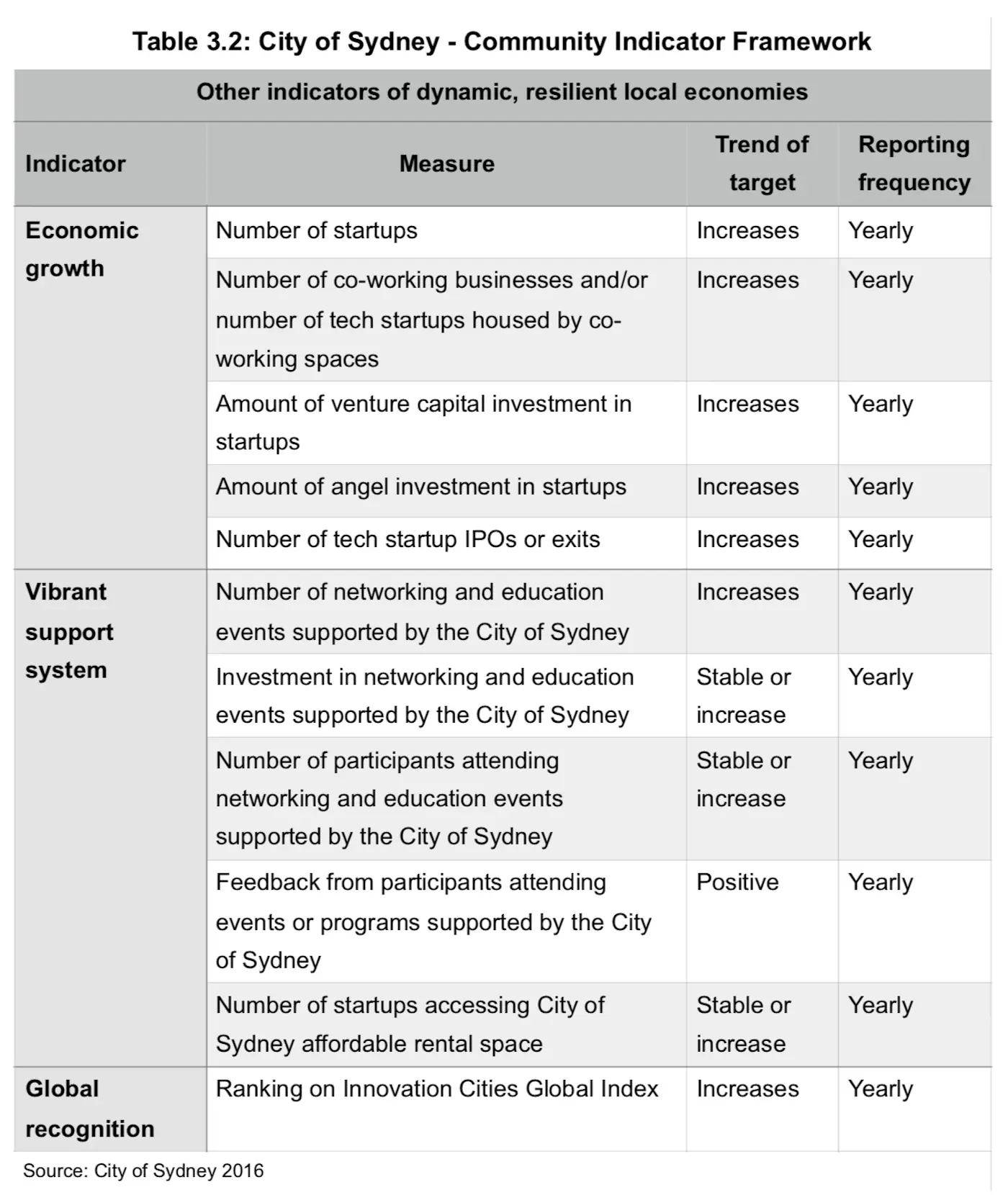
The “community indicator framework” intends to use various data inputs from both official data sources and community reports to account for economic diversity, economic growth, a vibrant support system and global recognition (see tables 3.1 and 3.2).
Another approach to measure the vibrancy of an entrepreneurial ecosystem is proposed by Stangler & Bell-Masterson (2015). By using 4 indicators - density, fluidity, connectivity and diversity - it provides a way to assess the overall performance of an entrepreneurial ecosystem, again utilising both official data sources as well as community reports (see table 4).
Actionable metrics still remain to be produced, but these approaches seem promising in evaluating activities to foster entrepreneurship within regional entrepreneurial ecosystems.
Since the entrepreneurial ecosystem approach clearly draws on the interrelations between startup communities and external regional parameters, the “feeder” role of the local government is important to recognise. Although it might seem that public policy and its implementation only has a supporting role to play, it could also be understood as a backbone for a thriving entrepreneurial ecosystem.
All in all it is evident, that regional policy towards entrepreneurship should not be about optimising specific indicators of entrepreneurial activity but about fertilising a ecosystem in which entrepreneurs and their enterprises can prosper (Stam 2015).
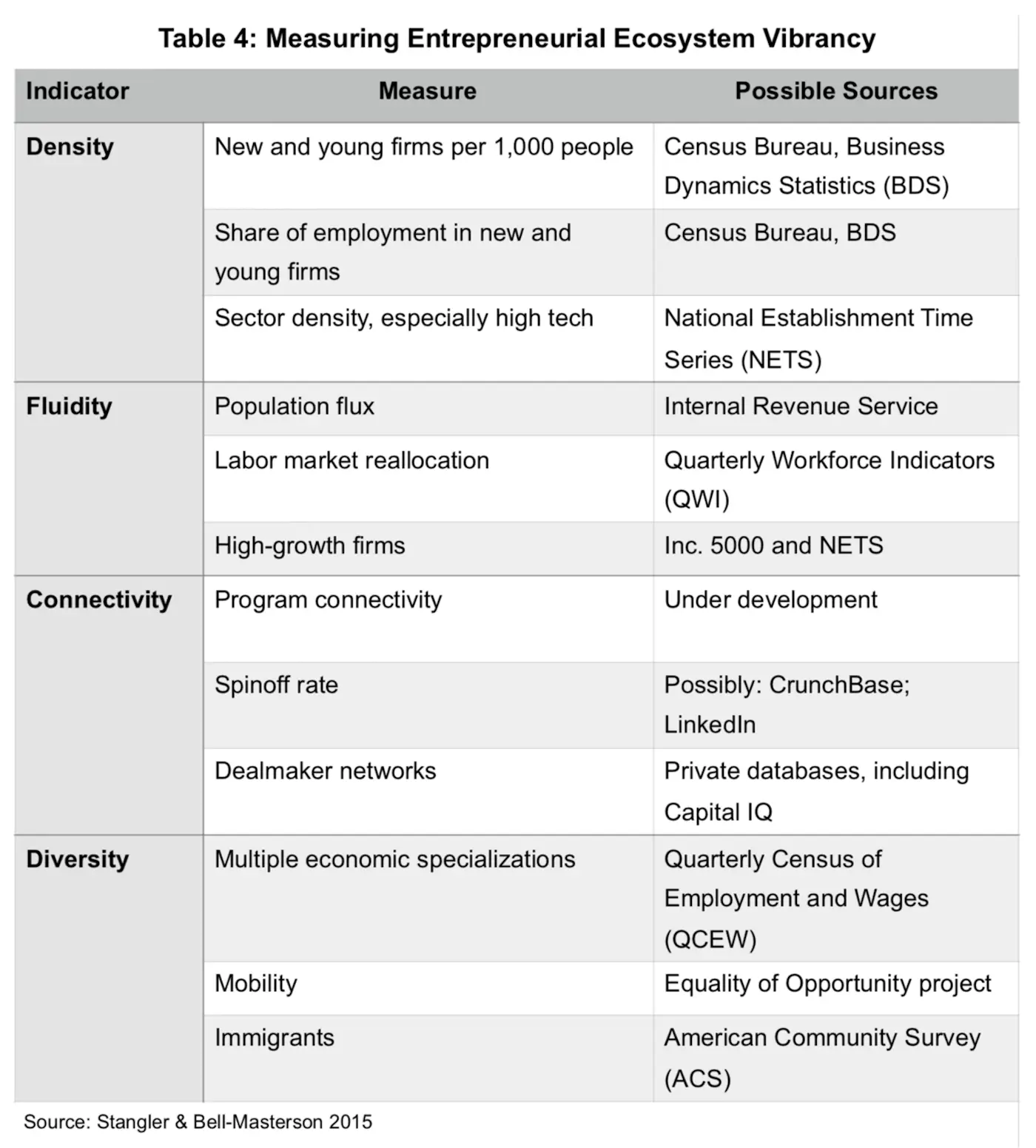
2.3 Public Policy Towards Entrepreneurship
Читать дальше
